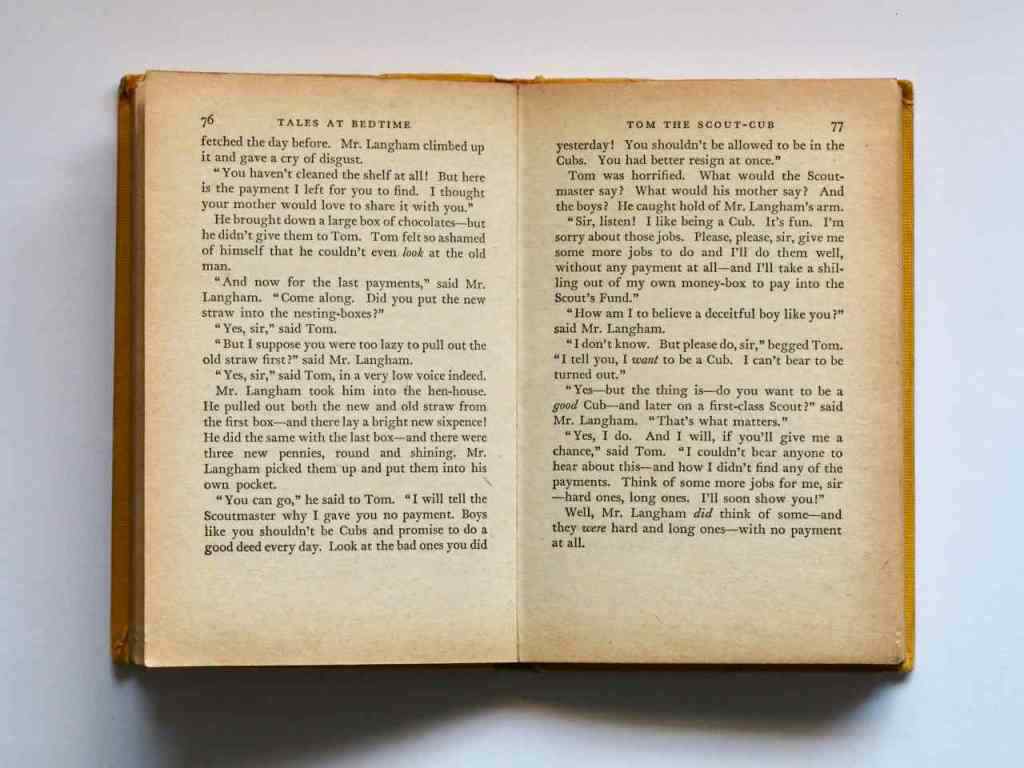Permissions For Editing Images: A Comprehensive Guide for Content Creators
In the vast digital realm, images reign supreme as powerful tools of communication and storytelling. Whether you’re a seasoned blogger, a budding entrepreneur, or simply a creative soul seeking to enhance your online presence, the ability to edit images is an invaluable skill. However, navigating the complexities of image permissions can often feel like traversing a treacherous legal minefield. Fear not, intrepid content creators! This comprehensive guide will illuminate the path to editing images with confidence, ensuring you stay on the right side of the law and maintain impeccable ethical standards.
Unveiling the Permissions Landscape
Before embarking on your image-editing odyssey, it’s crucial to understand the types of permissions that govern the use and modification of images. These permissions vary depending on the source of the image and the intended purpose of your edit. Let’s delve into the most common permissions you’ll encounter:
Non-Commercial Use: Unleashing Creativity for Personal Projects
When it comes to non-commercial use, the world is your oyster! You can freely edit images for personal projects, educational purposes, or simply to satisfy your creative urges. This permission grants you the liberty to tweak, crop, and enhance images without the burden of seeking explicit approval from the copyright holder.
Fair Use: Striking a Balance Between Copyright and Public Interest
The concept of fair use is a legal doctrine that permits the limited use of copyrighted material without obtaining the copyright holder’s permission. This exception to copyright law recognizes the importance of using copyrighted works for purposes such as criticism, comment, news reporting, teaching, scholarship, and research. In essence, fair use allows you to edit images for educational, non-profit, or transformative purposes, provided you don’t undermine the original work’s market value.
Creative Commons Licenses: Empowering Creators to Share and Remix
Creative Commons licenses are a godsend for content creators seeking to share their work while retaining some control over its usage. These licenses offer a spectrum of options, from allowing non-commercial use and derivative works to permitting commercial use and adaptations. When using images under a Creative Commons license, always adhere to the specific terms and conditions outlined by the copyright holder.
Navigating the Labyrinth of Restrictions
While the aforementioned permissions provide ample creative freedom, there are certain restrictions you must heed to avoid infringing upon copyright, trademark, or privacy laws. These restrictions serve as essential safeguards for the rights of creators and the integrity of their work.
Copyright: Respecting the Rights of Creators
Copyright law grants exclusive rights to the creators of original works, including images. Any unauthorized editing or distribution of copyrighted images without the copyright holder’s permission is a violation of the law. Always err on the side of caution and seek permission before using copyrighted images, especially for commercial purposes.
Trademarks: Protecting Distinctive Signs of Origin
Trademarks are legal protections granted to distinctive signs, such as logos, symbols, and brand names, that identify the source of goods or services. Editing images that incorporate trademarks without the trademark holder’s consent can lead to legal repercussions. Be vigilant in ensuring that your image edits don’t infringe upon existing trademarks.
Privacy: Safeguarding Personal Information
Privacy laws protect individuals’ rights to control the use and disclosure of their personal information. Editing images that contain personally identifiable information, such as faces or names, without the consent of the individuals depicted can violate privacy laws. Always obtain consent before using images that feature recognizable individuals.
Securing Permission: Establishing a Foundation of Respect
In instances where explicit permission is required, the onus falls upon you to reach out to the copyright holder and seek their consent. This proactive approach demonstrates respect for the creator’s rights and helps you avoid potential legal complications.
Contacting the Copyright Holder: Opening Lines of Communication
Initiate contact with the copyright holder in a courteous and professional manner. Clearly state your intentions for using and editing the image, and provide a link to your intended usage. Be prepared to negotiate terms and conditions that align with the copyright holder’s wishes and the intended purpose of your edit.
Public Domain Images: A Treasure Trove of Freely Usable Content
Public domain images are a treasure trove of freely usable content, as they are not subject to copyright restrictions. These images can be edited and used without seeking permission from the original creator. However, it’s worth noting that some public domain images may still carry restrictions related to trademarks or privacy laws. Exercise due diligence and ensure that your usage complies with all applicable laws.
